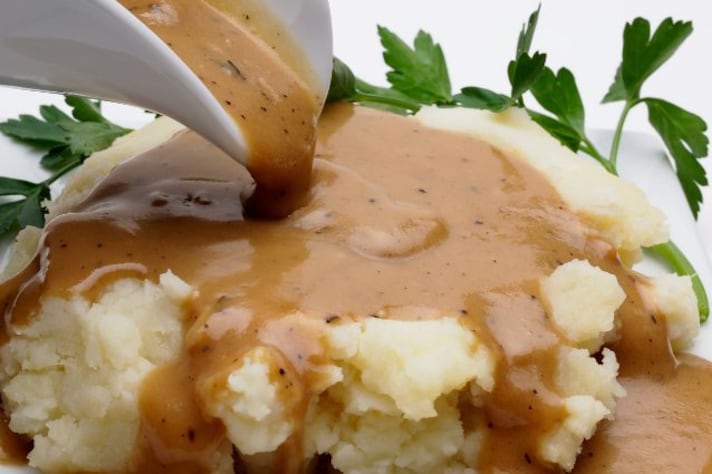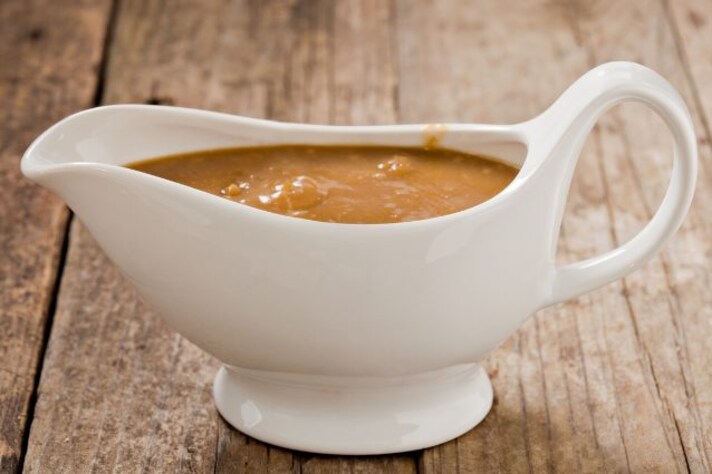
Gravy is one of those magical elements that can elevate any meal, adding richness and flavor to your favorite roast or mashed potatoes. But there’s one common mistake people often make when preparing it: letting it cool down before serving. While this might seem harmless, it can drastically affect the texture, taste, and overall enjoyment of your meal. So, before you set that gravy aside to cool, let’s dive into why it’s best to keep it hot and ready to pour.
Cooling Down Ruins the Texture
Gravy is at its best when it’s hot and silky, gliding effortlessly over your food. Once it cools, though, the texture can change for the worse. As it cools, the fats within the gravy start to solidify, making it thicker and clumpier. Instead of that smooth, velvety sauce you worked so hard to perfect, you’ll be left with something gloopy and less appetizing. Keeping gravy hot ensures it stays in that ideal state—perfectly smooth and pourable, coating everything it touches with just the right amount of richness.

Cold Gravy Loses Flavor Intensity
Flavor is another reason you should never let gravy cool down before serving. Gravy is a symphony of fats, seasonings, and stock, and heat helps to bring out the full depth of those flavors. When gravy cools, not only does its texture suffer, but it also starts to lose its flavor punch. The rich, savory notes become muted, leaving a sauce that tastes less vibrant. Serving gravy hot ensures that you—and your guests—enjoy every flavorful drop just as it was intended: bold, savory, and delicious.
It’s a Presentation Killer
Let’s face it—gravy is also about presentation. No one wants to serve a thick, congealed sauce on the table. A cooled-down gravy can form an unsightly skin on top, which not only looks unappealing but can also ruin the first bite. Hot gravy, on the other hand, adds that beautiful, glossy sheen to your dish, making it not only taste but look restaurant-worthy. Keeping it warm means keeping the visual appeal of your meal intact, and no one will be grimacing at a lumpy, skin-covered gravy pool on their plate.

Hot Gravy Enhances the Overall Meal Experience
Gravy is often the element that ties the entire meal together, especially for hearty dinners like Thanksgiving or Sunday roasts. Letting it cool can disrupt the harmony of the meal, as cold gravy won’t complement hot dishes as well. Imagine pouring cold gravy over hot mashed potatoes—the temperature contrast just doesn’t work. To maintain that warm, comforting dining experience, it’s crucial to keep the gravy hot and in sync with the rest of the meal.
How Long Can Hot Gravy Sit Out?
Now, the question remains: how long can you leave gravy out before it becomes a problem? According to food safety guidelines, hot gravy can safely sit out for up to two hours at room temperature. After that, it risks entering the "danger zone" for bacterial growth. The ideal temperature for serving gravy is 165°F (74°C), which is hot enough to keep it safe and delicious. If your gravy cools down too much, you can always reheat it gently on the stove to bring it back to its optimal temperature, but try not to let it cool completely in the first place.
;Resize,width=767;)
